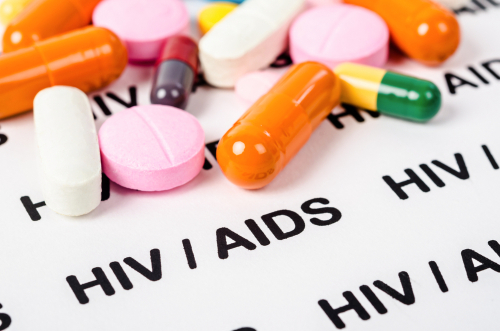
A new study by researchers from the University of Massachusetts Amherst published in Health Care Management Sciences found that a hypothetical 100% effective intervention to address barriers to HIV treatment and care due to depression, homelessness, individual and neighborhood poverty, education disparities, lack of insurance, and unemployment could reduce national HIV incidence by 29% over 10 years.
The team first identified the proportion of people diagnosed with HIV (PWDH) who are also affected by depression, homelessness, individual and neighborhood poverty, education disparities, and lack of insurance or unemployment. They found that 78% of PWDH are affected by at least one of these social factors; 58% of PWDH had one or two of these social factors, and 20% had more than two factors.
The model the researchers use takes into consideration that different social factors present different types of access barriers to HIV care and treatment. For example, more PWDH experience unemployment than a lack of insurance, 14% versus 3%, respectively. However, previous research indicates that insurance has a greater effect on HIV care access than does unemployment.
“The methods proposed here, for estimating multivariate joint distributions, not only help leverage this vast body of literature but also the large number of disparate public datasets routinely generated by various public sector agencies. Formulating these data into a decision analyses tool for intervention analyses (though we used a hypothetical intervention), demonstrates the significance of such work,” the team concluded.
Source







 © 2025 Mashup Media, LLC, a Formedics Property. All Rights Reserved.
© 2025 Mashup Media, LLC, a Formedics Property. All Rights Reserved.